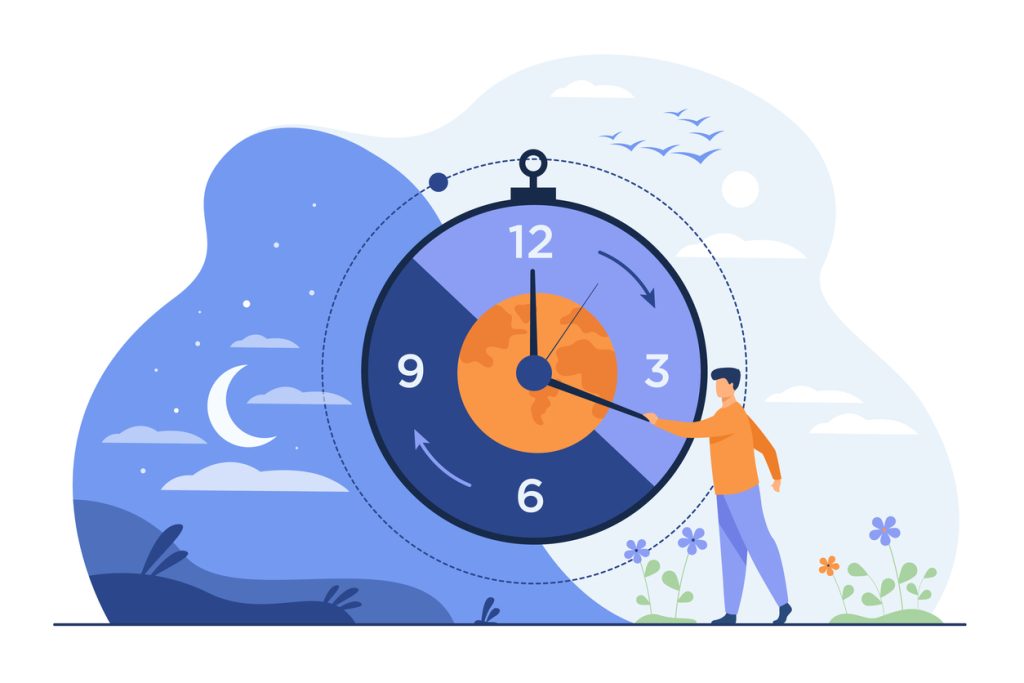
Future mindsets and skillsets for a changing world
October 24, 2022
From compassion fatigue to compassion satisfaction
October 24, 2022We all face barriers that affect our ability to perform our jobs, both during the workday and outside of it
Gillian Cattle

Occupational therapists are experts in occupations, which are any activities that add meaning and value to your life. Occupational therapists support individuals when they cannot participate in activities such as employment and help them overcome barriers to participation.
When we break down the activity of working, it consists of much more than just the job description. All the activities completed before, during and after work affect our ability to perform our jobs, and barriers can exist at any step. For example, if you cannot sleep, you generally have a hard time focusing, completing tasks and managing your emotions. If you cannot decompress and unwind after the workday, you may develop chronic stress, which can lead to anxiety, headaches, memory and concentration issues, or high blood pressure. Employment is more than a job description and COVID-19 has not made it easy for any of us these past few years.
The following are strategies I have used during the pandemic to support clients with employment and ease some of their stress so they can focus on their job duties and have a more balanced/healthy life.
Routine
Our days are made up of social and behavioural patterns like morning/evening routines, mealtimes and work schedules. Studies have shown that maintaining a regular routine leads to increased mental and physical health, while irregular routines are associated with lower life satisfaction and greater depression, anxiety and stress.
However, the pandemic continues to disrupt our routines. As workplaces pivot from virtual to in-person, we find that our routines are in flux. Creating consistency where you can is key. The act of planning out your morning/evening routines will be beneficial in maintaining some normalcy. Being able to make new routines a habit and maintaining them throughout change is important.

iStock
Sleep hygiene
Quality sleep is important for overall health and affects your ability to manage emotions, respond to stress and restore bodily functions.
There are various activities that we can engage in to improve our sleep:
- Avoid caffeine, nicotine and alcohol before bed.
- Avoid screen time 30 minutes before bed or make sure to set your gadgets to night mode to get rid of the blue-light emissions.
- Have an adequate sleep environment: ensure the temperature, sound levels and darkness are to your liking.
- Create a “worry time.” Set aside 15-30 minutes to write down all your worries at the end of the day. Make sure to do this before 8 p.m. to give yourself time to wind down before bed. See which worries are within your control, and then make a plan to address them. Cross the items that you have no control over off your list; you have done everything you can.
- Create a consistent sleep routine and stick to it. If you stay up late on the weekend, wake up early on Sunday to give yourself time to readjust.
Read more
Two models to develop individual and organizational resilience
Yes, your employees are still burned out. Here’s what you can do about it
How to help your clients navigate the trauma of racism in the workplace
Stress management plan
When you’re stressed, your ability to think and be emotionally flexible decreases. Coming up with a plan before you are stressed gives you a list of dependable strategies that you can reference if you are not feeling like yourself.
- What keeps you healthy? Make a list of activities that keep you well and incorporate them into your routines. (e.g. eating healthy, exercising, drinking water, walking, spending time with friends/family)
- Triggers to manage: What stresses you out? Try to avoid these things or make plans to improve them. (e.g. caffeine, poor sleep, saying “yes” to everything)
- My warning signs: What are you thinking, how are you feeling, how are you behaving? Our thoughts, feelings and behaviours tell us when things are wrong, but we often ignore them. If we are aware of our warning signs, this will signal us that we have to use coping skills/strategies to enact change before it becomes too much (e.g. tension headaches, thinking “I can’t do this,” isolating self, not participating in activities).
- Strategies to help with warning signs: What coping strategies have worked well in the past? Recognize that there are different strategies to help with our thoughts, feelings and behaviours, and everyone has their own strategies that work best for them (e.g. practising positive self-talk, self-compassion, mindfulness, exercising, music, contacting your support network). If you are struggling to find coping strategies, BounceBack is a free skill-building program to help you develop coping techniques.
The pandemic has caused a lot of change, which has been difficult for everyone. Keeping consistent routines, being aware of triggers for stress and having coping strategies ready can be helpful during these times. Take it slow and introduce one or two changes to start building the routines that meet your needs. Maintaining these routines during periods of change can add the needed consistency in your life when you have to pivot from virtual to in-person or change positions altogether.
Gillian Cattle is an occupational therapist with a background in neuroscience and recreational therapy. At the YWCA Hamilton, Gillian supports clients with self-disclosed disabilities obtain and maintain employment by breaking down barriers and providing strategies to support their employment journey. Gillian’s goal is to provide workers with tools to juggle all their meaningful activities and reduce the risk of employee burnout.

